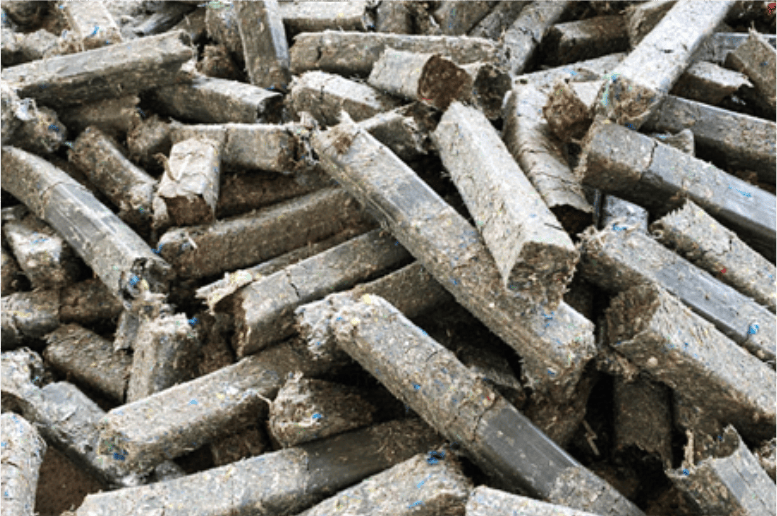Over the past decades, the acceleration of industrialization and urbanization has driven increasing demand for traditional coal energy. However, this high-carbon emission model has placed immense pressure on the environment. Against the backdrop of the dual carbon goals (carbon peak and carbon neutrality), transitioning to a low-carbon economy has become an urgent priority. Industrial sectors heavily reliant on coal are key to achieving these carbon targets.
Can RDF Completely Replace Coal? How Effective Is It?
Solid Recovered Fuel (RDF) is a solid-form fuel (typically cylindrical pellets) produced by processing general industrial solid waste through multiple stages. It boasts characteristics like high calorific value, stable combustion, ease of transportation and storage, and low secondary pollution. It’s widely used in drying processes, cement manufacturing, heating systems, and power generation, offering significant energy and cost savings.

The waste-to-resource sorting and recovery system employs a fully integrated Siemens PLC control system. Through fully automated processes like crushing, magnetic separation, screening, dust removal, and molding, it transforms industrial solid waste into high-calorific-value RDF (Refuse Derived Fuel), with a capacity of 10-15 tons per hour (t/h). For coal-fired power plants, each ton of RDF can replace 0.8 tons of coal. Based on a single production line output of 200 tons per day, this is equivalent to 140 tons of coal, drastically reducing coal consumption. Furthermore, data indicates that using 40% alternative fuel (like RDF) in cement production reduces CO₂ emissions by approximately 100,000 tons for every million tons of clinker produced. This significantly alleviates the dependency of energy-consuming enterprises on traditional fossil fuels, achieving optimal results in corporate energy conservation, emission reduction, operational cost savings, and efficiency gains.
Beyond improving the energy substitution dilemma for coal-dependent industries, the RDF production process itself plays a vital role in waste reduction, harmless treatment, and resource recovery. The source materials for RDF include various industrial by-products, paper sludge, discarded furniture, waste plastics, used cardboard boxes, scrap textiles, and other household waste. A bag of plastic trash or a pile of discarded fabrics, processed through this industrial solid waste resource recovery system, is transformed from trash into a valuable product: a highly efficient, clean, green energy fuel. This fuels the development of a green circular economy and promotes the construction of a resource-saving and environmentally friendly society.